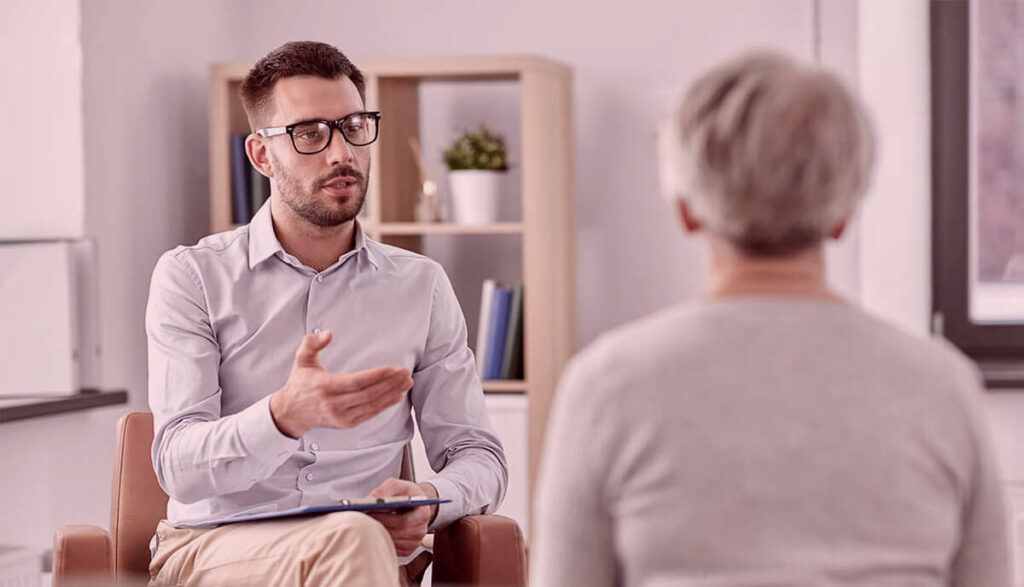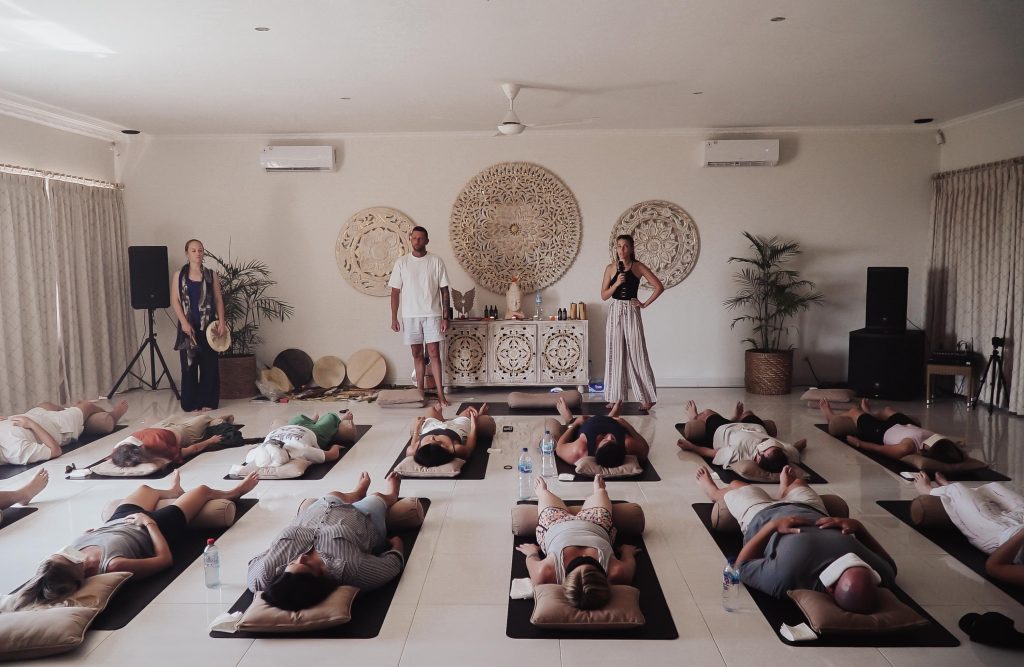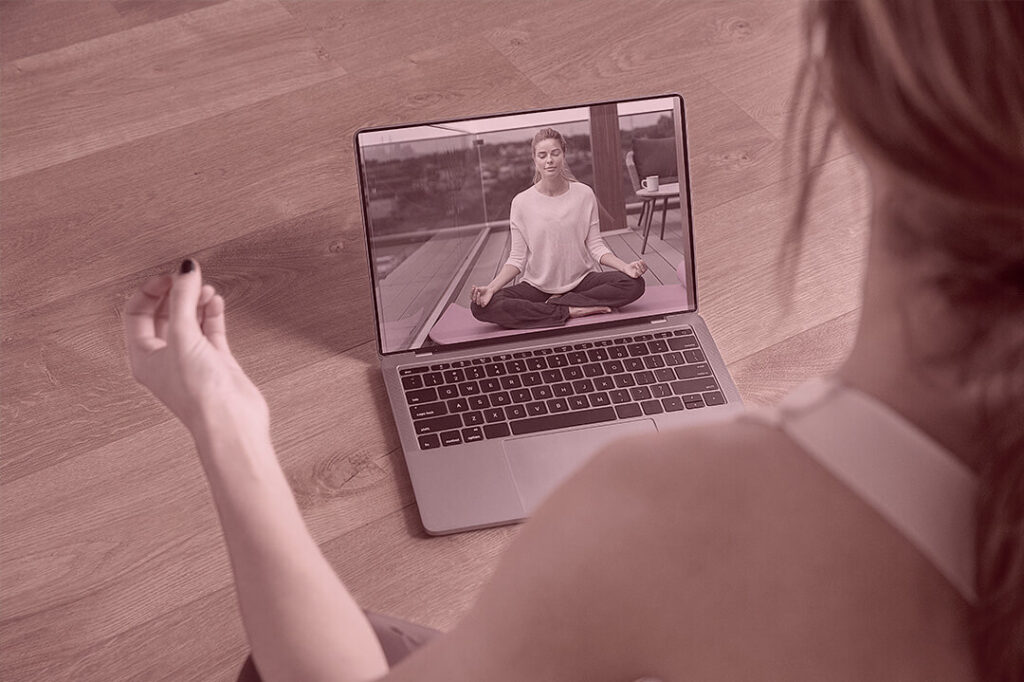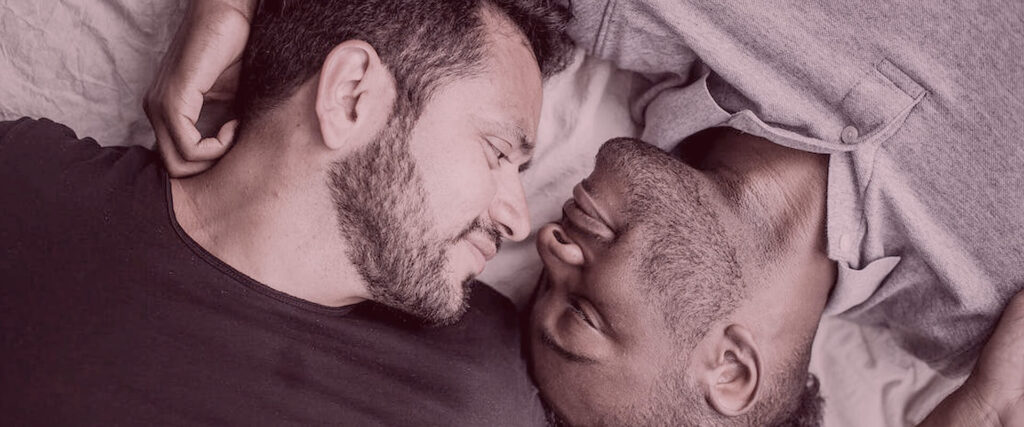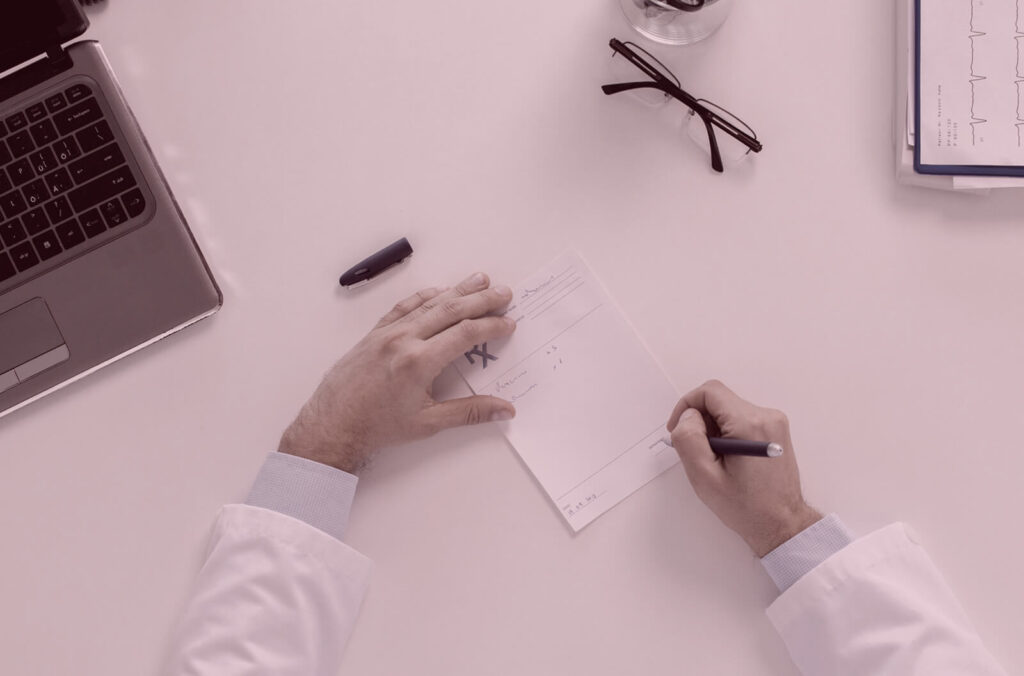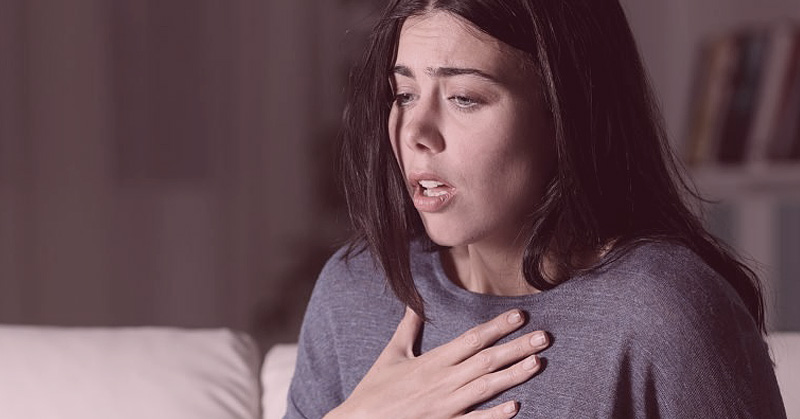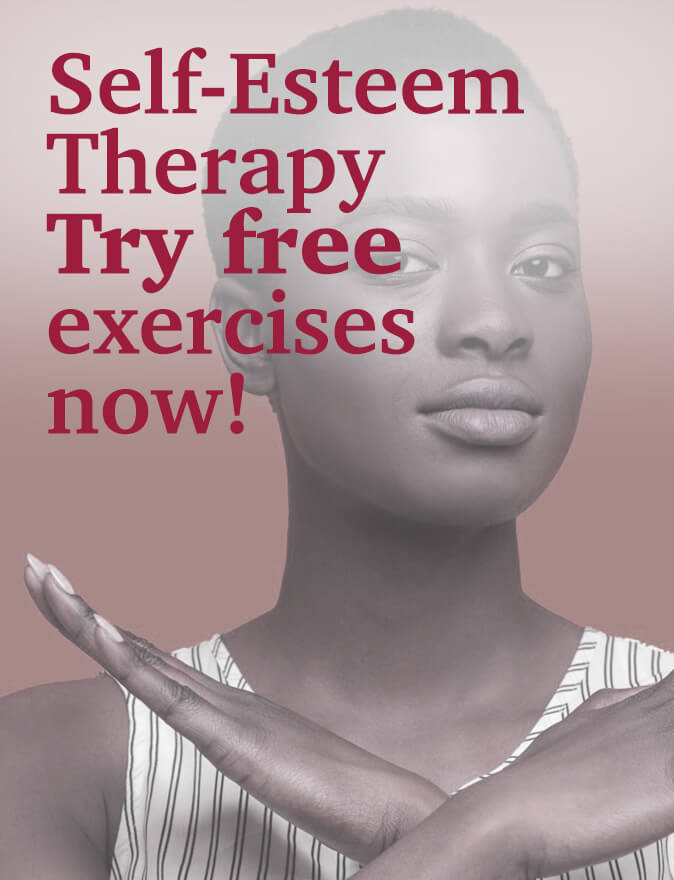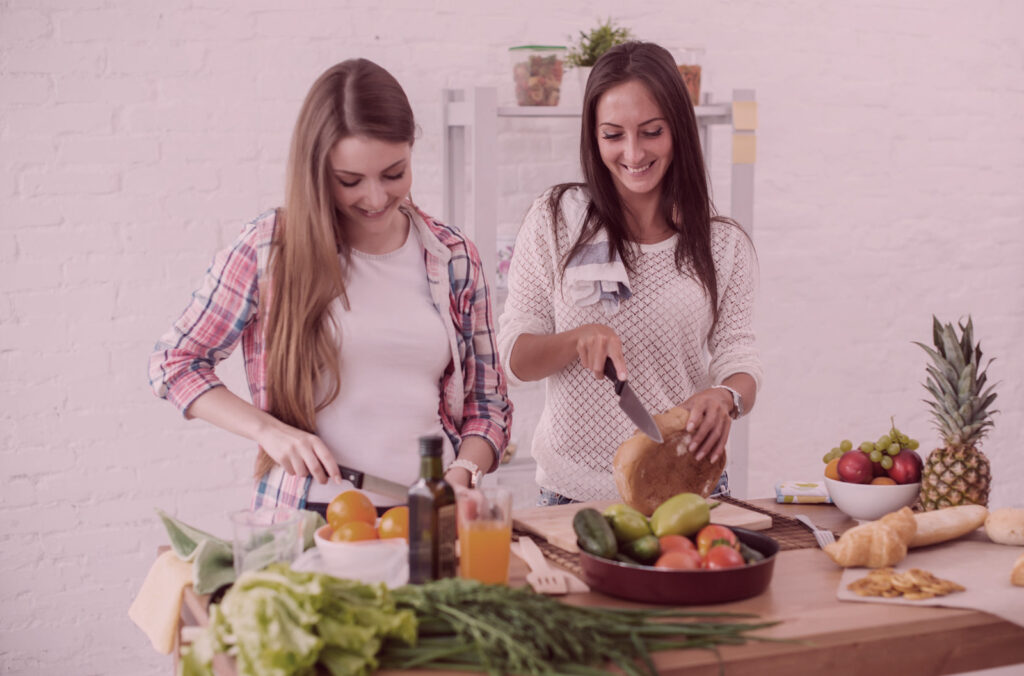How Loneliness Tricks Us: Why Hookup Culture & Trauma Bonds Don’t Heal — And What Does
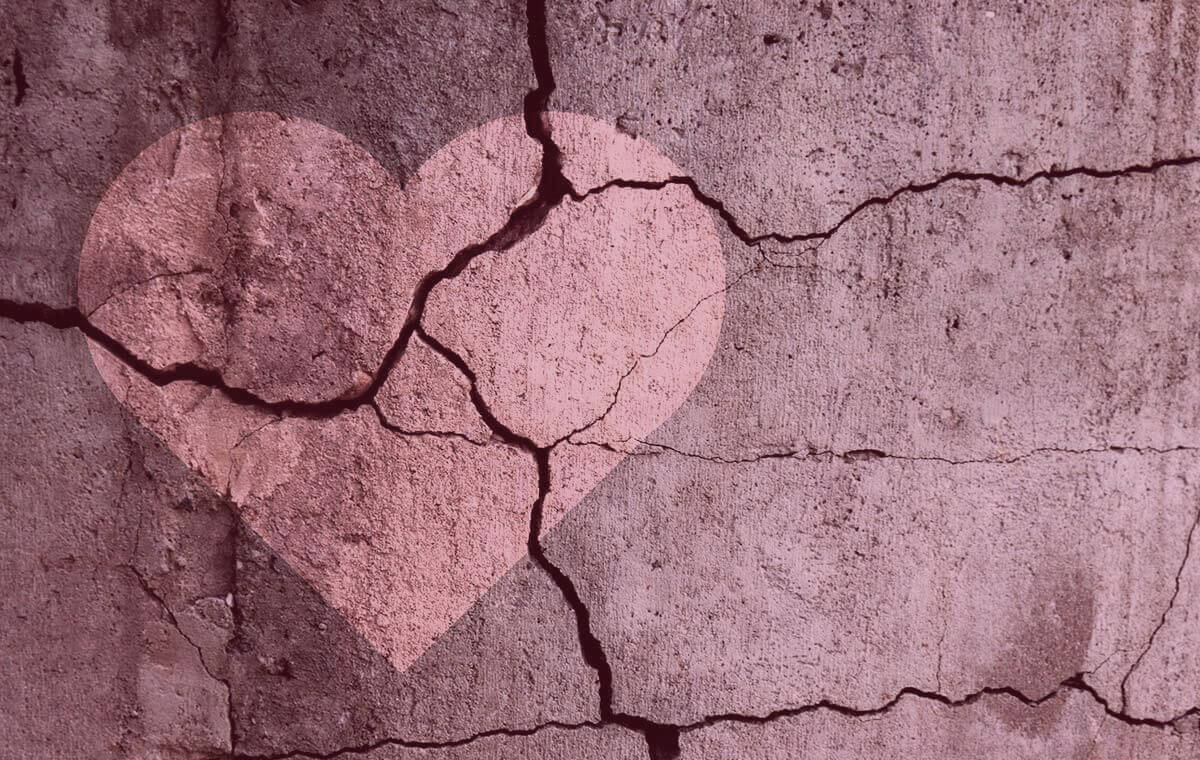
How Loneliness Tricks Us: Why Hookup Culture & Trauma Bonds Don’t Heal — And What Does
I want to share something I’ve been thinking a lot about lately — loneliness. Not the “I’m alone tonight” loneliness, but the kind that whispers in our bones and has us reaching for quick fixes. Maybe you’ve done this too: hookups, short-term sexual relationships, ghosting, avoiding feelings, anything that gives a rush of dopamine or feels like it temporarily numbs the ache.
In my professional practice I often help my clients with healing trauma bonding tendencies and teach them how to navigate dating life the way they will feel the most fulfilled.
What I Mean by Quick Fixes
You know that little high from a hookup, that momentary validation? That surge of dopamine makes you feel seen, maybe even loved. But it’s short-lived. And when it’s gone, the loneliness is still there — maybe even louder. We often confuse distraction for healing.
Then there’s the trauma bond: when we connect with someone because both of us are broken, because we need something from each other we’re too scared to face alone. That bond feels intense. It feels like passion. But often, it’s just two wounded people avoiding the real work.
Attachment Styles: Anxious vs Avoidant
Let me break down something I see a lot in therapy:
-
Anxious attachment: You come from families where affection was inconsistent. You crave closeness. You fear rejection. You want to open your heart, know your needs, express longing. It can feel messy, but it’s honest.
-
Avoidant attachment: You may have grown up where affection was absent or unsafe. So you learned to protect yourself by not “catching feelings”, by being emotionally unavailable, by pretending you don’t need much. You might believe being cool, remote = strong. But I’ve noticed: that emotional distance eventually bangs up against fear of being alone.
So is avoidant healthier than anxious? In my mind — not really. Avoidant has its own set of wounds. You may avoid feeling, avoid closeness, but inside that avoidance is a river of longing, fear and shame. Anxious people at least are trying to open, trying to love, trying to get their needs met (even if imperfectly).
Why Avoidance Isn’t the Fix
Pretending feelings don’t exist, or that connection is optional, or suppressing desire for intimacy, doesn’t heal the loneliness. It often makes it worse. Because the emotional energy you suppress doesn’t go away — it festers, comes out sideways (anger, numbness, emptiness). You might think, “I’m fine, I don’t need anyone” — but often that’s just exhaustion, fear, self-protection.
What Real Healing & Connection Looks Like
So, what if instead of chasing dopamine highs from something fleeting, you leaned into what brings you real, sustainable connection – with yourself first, then with others. Here’s what this involves:
-
Understanding where your loneliness really comes from: family history, attachment wounds, past betrayals, trauma.
-
Learning how to give yourself the oxytocin & dopamine you need, in healthy ways.
-
Doing inner child work: letting your younger self speak. Letting that child feel seen, safe, heard.
-
Being able to enter relationships from a place of choice, not desperation or need.
Healthy Sources of Dopamine & Oxytocin
Here are things I do or recommend, that help me release healthy dopamine/oxytocin in ways that truly nourish.
-
Cuddling / non-sexual touch (pets, hugs)
-
Deep conversations with friends/family where I’m vulnerable and heard
-
Acts of kindness (giving vs receiving)
-
Physical exercise + nature (walks, swimming, yoga)
-
Creative work (art, music, writing)
-
Self-care rituals (warm baths, care routines)
-
Mindfulness / meditation / breath work
-
Therapy, somatic healing, inner child work
Inner Dialogue & Questions You Can Use
When loneliness shows up, sometimes I talk to it (like it’s my inner child). Here are some prompts & questions you can try:
“Hey loneliness, where are you coming from today? What are you sad you’re not having? What single thing would help you feel safer? What do you need from me right now?”
Other journaling questions:
-
When do I feel most alone, even when I’m with people?
-
What patterns do I repeat in relationships that feel empty?
-
Which parts of me am I shutting off to avoid feeling?
-
What would it feel like to choose connection over safety?
-
What kind of love do I want, deep down — not what I think I should want or what past hurts taught me?
Hookup Culture, “No Feelings” & What It Really Masks
Let’s talk about hookup culture. On the surface, “no strings”, “don’t catch feelings”, “just vibes” look cool. Perceived emotional regulation. Cool, composed. But often, what I see underneath: fear. Fear of rejection. Fear of being vulnerable. Fear of being seen as weak. So we avoid intimacy.
Anxious people wear their hearts. Avoidant people hide it. But both end up hurt. Both often end up lonely. And neither have escaped until they do the work: acknowledging emotions, choosing self-worth, cultivating connection that’s safe.
What I’ve Learned & How I Invite You to Grow
I’ve realized that the only way out of this loop is through: through facing the loneliness, not numbing it; through giving yourself what you need; through choosing relationships that expand you rather than shrink you or expand old wounds.
If you want, Break Up Ascension (my book) can guide you on that journey: taking a break up or painful relational pattern and transforming it into spiritual & emotional growth. [Link to Break Up Ascension]
Also, if you need support, my Sex Counselling / Couples Therapy services can help you heal attachment wounds and build emotional safety. Go here to read more about my services.
Or maybe joining a Workshop or Retreat to do inner child work, connection, somatic healing.
Conclusion
Loneliness is painful. But you’re not broken. You’re not “too much”, or needing to be fixed via hookups or avoiding. You deserve love that is calm, compassionate, safe — love you give yourself, and love you attract from someone who helps you ascend, not pull you into old patterns.
Explore other articles, books and online courses. Or work with me, explore my services on the Home Page. Book your FREE 15min phone consult.

